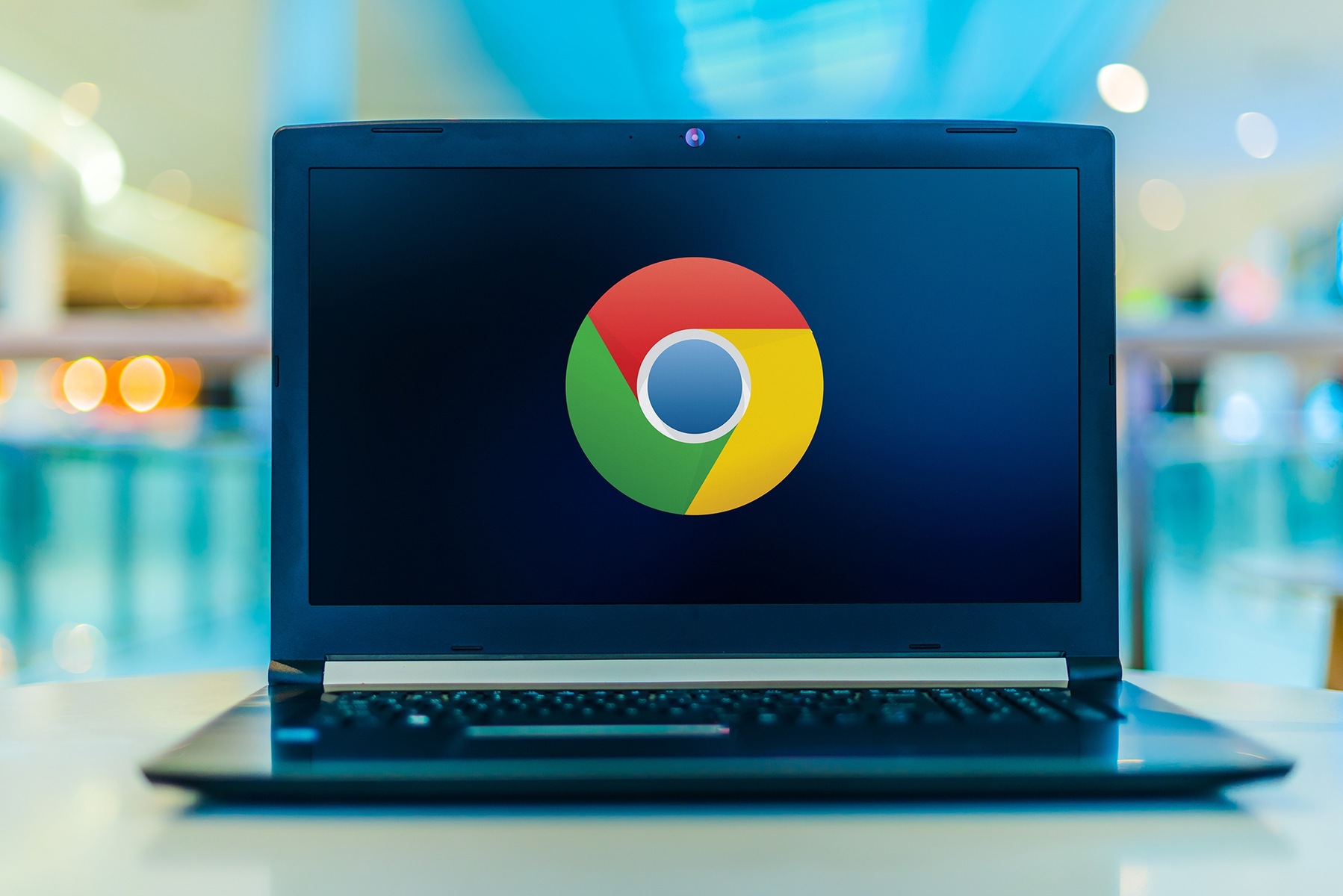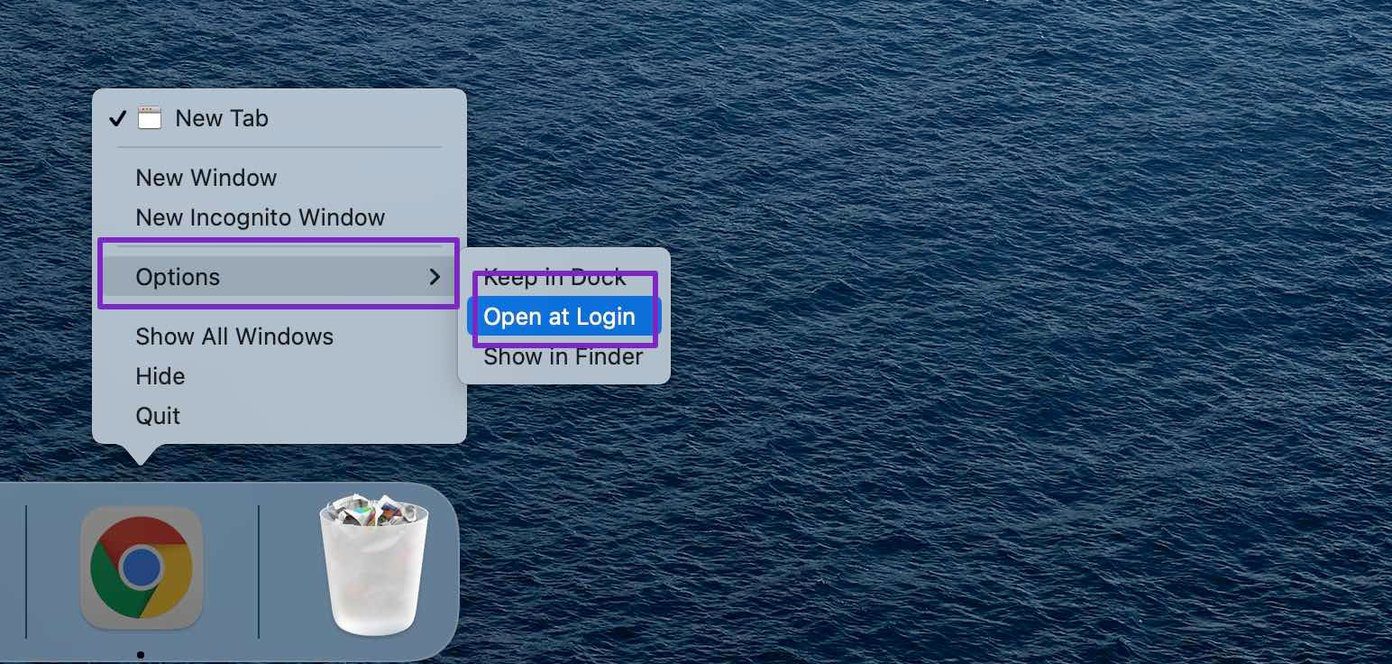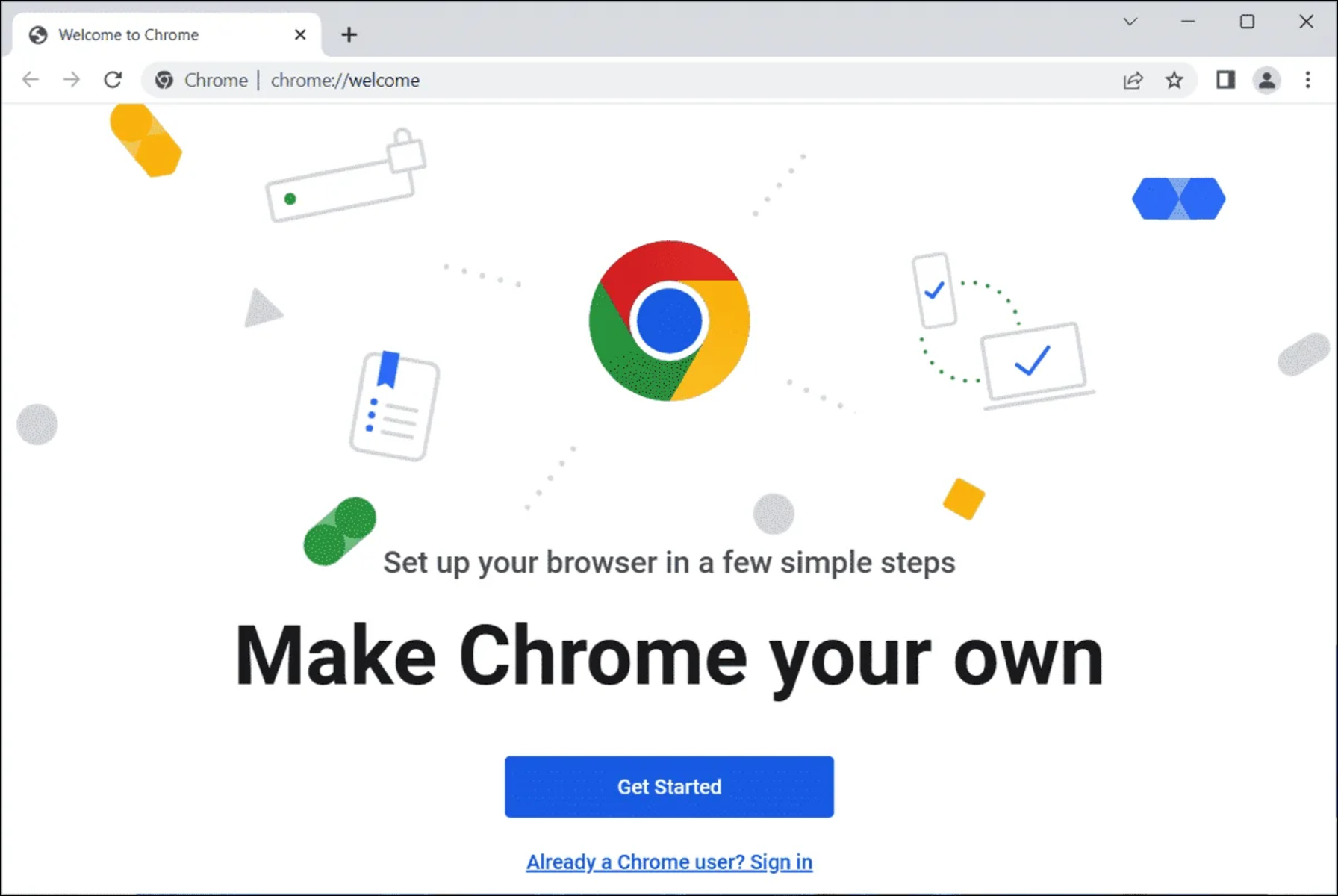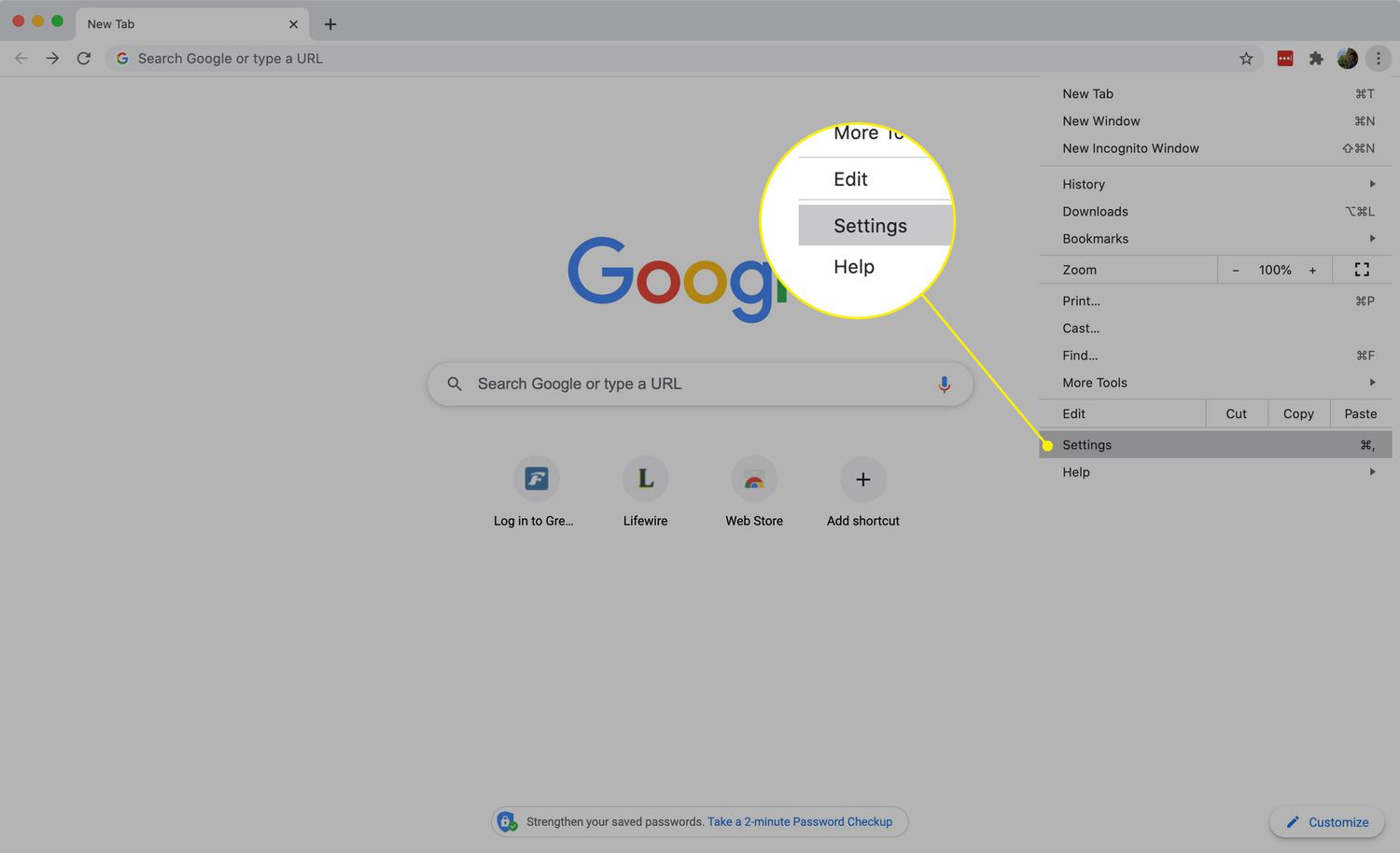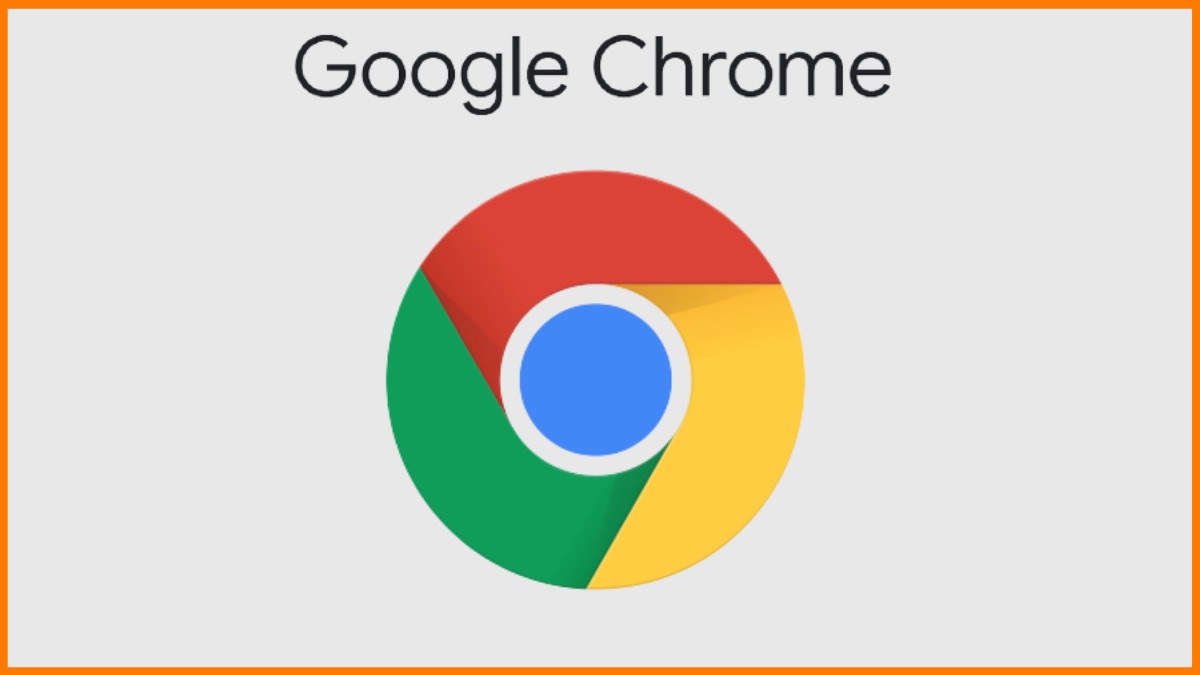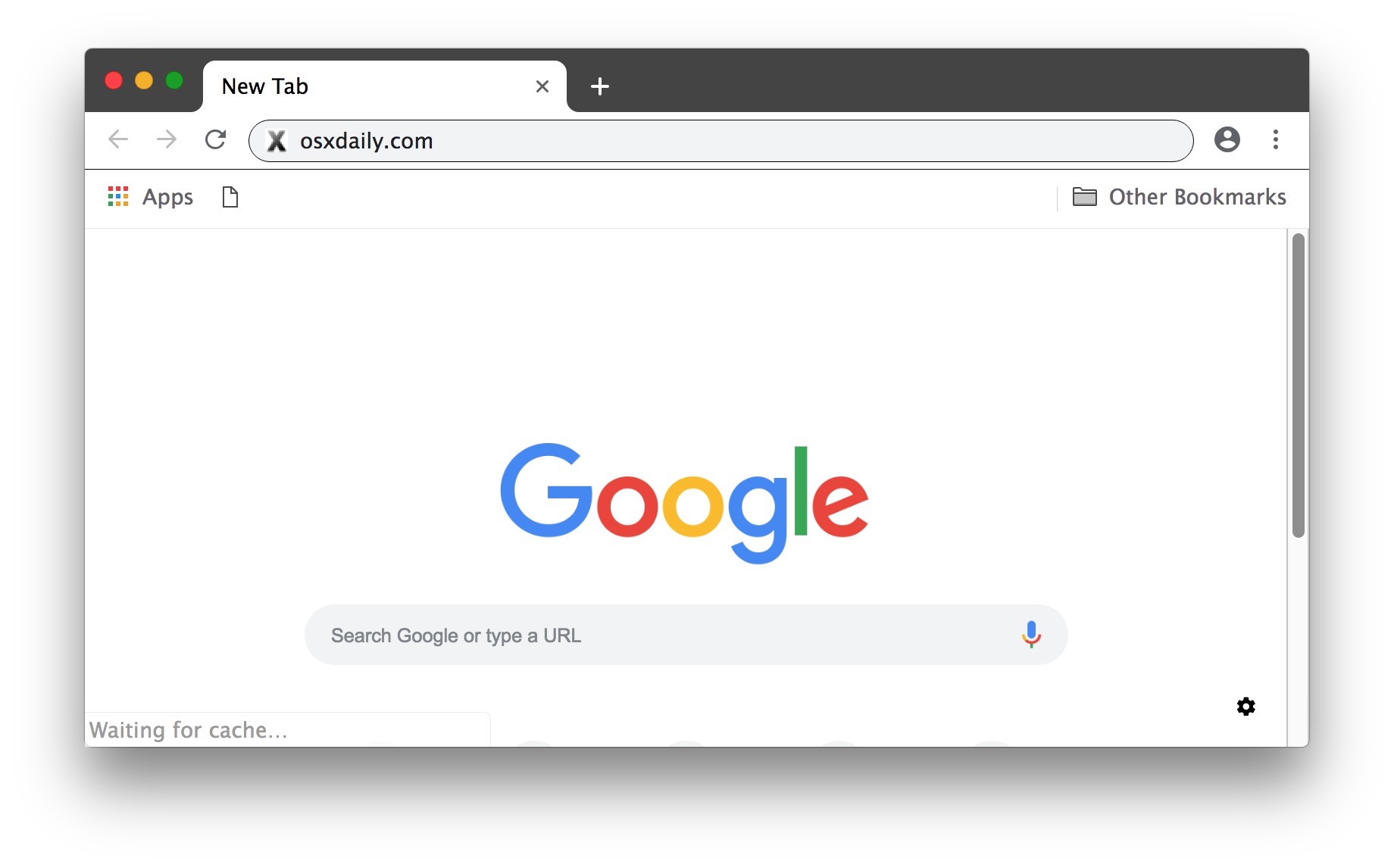Introduction
When you launch your web browser, the startup page is the first thing that greets you. It sets the tone for your browsing experience, offering a glimpse into the digital world that awaits. Google Chrome, one of the most popular web browsers, allows you to customize this initial landing spot to suit your preferences. Whether you're drawn to the simplicity of a blank page, the efficiency of a specific website, or the visual appeal of a personalized dashboard, Chrome empowers you to tailor your startup page according to your unique needs.
Understanding how to change the startup page on Google Chrome can significantly enhance your browsing routine. By customizing this pivotal entry point, you can streamline your workflow, boost productivity, and infuse a touch of personalization into your online interactions. Whether you're a casual user seeking a seamless browsing experience or a power user aiming to optimize your digital workspace, mastering the art of tweaking your startup page can elevate your Chrome experience to new heights.
In the following sections, we'll delve into the intricacies of accessing Google Chrome settings and navigating the process of changing the startup page. By the end of this guide, you'll be equipped with the knowledge and confidence to transform your Chrome startup page into a reflection of your digital aspirations. So, let's embark on this journey to unlock the full potential of your browsing experience with Google Chrome.
Accessing Google Chrome Settings
Accessing Google Chrome settings is the gateway to unlocking a treasure trove of customization options, including the ability to modify the startup page. Whether you're a seasoned Chrome user or a newcomer to the browser, familiarizing yourself with the process of accessing settings is essential for harnessing the full potential of this versatile platform.
To access the settings in Google Chrome, you can follow these simple steps:
-
Open Google Chrome: Launch the Google Chrome browser on your computer or mobile device. The browser's interface will greet you with the familiar omnibox, tabs, and navigation controls.
-
Navigate to the Menu: Look for the three vertically-aligned dots, often referred to as the "More" or "Menu" icon, located in the top-right corner of the browser window. Clicking on this icon will unveil a dropdown menu containing various options and features.
-
Select "Settings": Within the dropdown menu, locate and click on the "Settings" option. This action will redirect you to the settings interface, where you can explore and adjust a wide array of Chrome's features and preferences.
-
Explore Advanced Settings (Optional): For more advanced customization options, you can delve into the "Advanced" section within the settings interface. Here, you'll find additional controls and configurations to fine-tune your browsing experience.
-
Access Settings on Mobile Devices: If you're using Chrome on a mobile device, the process of accessing settings is slightly different. Tap the three-dot icon in the top-right corner of the browser, then select "Settings" from the menu to enter the settings interface.
By following these steps, you can effortlessly access the settings in Google Chrome, paving the way for a tailored browsing experience that aligns with your preferences and workflow. With the settings at your fingertips, you're poised to embark on the next phase of customizing your Chrome startup page, a pivotal element in shaping your digital journey.
Changing the Startup Page
Now that you've successfully accessed the settings in Google Chrome, it's time to delve into the pivotal task of changing the startup page. This process empowers you to redefine your browsing experience from the moment you launch Chrome, setting the stage for seamless navigation and personalized engagement. Whether you prefer to kickstart your day with a specific website, a collection of informative tabs, or a minimalist blank page, Chrome offers the flexibility to cater to your unique preferences.
To change the startup page in Google Chrome, follow these straightforward steps:
-
Navigate to the "On Startup" Section: Within the settings interface, locate and click on the "On Startup" option. This section governs the behavior of Chrome when it is launched, allowing you to define the initial landing page or set of pages.
-
Choose a Startup Page Option: Upon entering the "On Startup" section, you'll encounter various options to customize your startup page. These options typically include "Open the New Tab page," "Continue where you left off," and "Open a specific page or set of pages." Select the "Open a specific page or set of pages" option to proceed with defining your preferred startup page.
-
Add or Remove Startup Pages: After selecting the "Open a specific page or set of pages" option, you can add or remove specific pages to tailor your startup experience. Click on "Add a new page" to input the URL of the desired website or web application. Conversely, you can remove existing startup pages by clicking on the three-dot icon next to each page and selecting "Remove" from the dropdown menu.
-
Save Your Changes: Once you've configured your preferred startup page or set of pages, remember to save your changes to ensure that Chrome adopts your custom settings. Look for a "Save" or "Done" button within the settings interface to apply and finalize your modifications.
By following these steps, you can seamlessly change the startup page in Google Chrome, infusing your browsing journey with a personalized touch that aligns with your digital aspirations. Whether you seek efficiency, inspiration, or a clean slate to commence your online endeavors, Chrome's startup page customization empowers you to curate an experience that resonates with your unique preferences and workflow.
With the startup page now tailored to your liking, you're poised to embark on a browsing adventure that reflects your individuality and optimizes your digital interactions. As you launch Chrome, your customized startup page will serve as the gateway to a world of possibilities, setting the stage for a seamless and personalized browsing experience.
Conclusion
In conclusion, the ability to change the startup page on Google Chrome is a powerful feature that enables users to personalize their browsing experience from the moment they launch the browser. By accessing the settings and navigating to the "On Startup" section, users can effortlessly define their preferred landing page, whether it's a specific website, a set of informative tabs, or a minimalist blank page. This level of customization empowers users to tailor their browsing journey to align with their unique preferences and workflow, setting the stage for a seamless and personalized digital interaction.
The process of changing the startup page in Google Chrome is intuitive and straightforward, allowing users to add or remove specific pages and save their custom settings with ease. Whether users seek efficiency, inspiration, or a clean slate to commence their online endeavors, Chrome's startup page customization offers the flexibility to curate an experience that resonates with individual preferences.
By mastering the art of tweaking the startup page, users can optimize their digital workspace, streamline their workflow, and infuse a touch of personalization into their online interactions. This level of control over the initial landing spot in the browser empowers users to set the tone for their browsing experience, enhancing productivity and fostering a sense of familiarity and comfort as they navigate the digital landscape.
As users launch Google Chrome, their customized startup page serves as the gateway to a world of possibilities, reflecting their individuality and setting the stage for a seamless and personalized browsing experience. Whether it's a meticulously curated set of informative tabs or a minimalist blank canvas awaiting exploration, the startup page in Google Chrome embodies the user's digital aspirations, offering a glimpse into the digital world that awaits with each new browsing session.
In essence, the ability to change the startup page on Google Chrome transcends mere customization; it represents a gateway to a tailored browsing experience that resonates with individual preferences, workflow, and digital aspirations. With this knowledge in hand, users are poised to embark on a browsing adventure that reflects their unique identity and optimizes their digital interactions, one startup page at a time.









